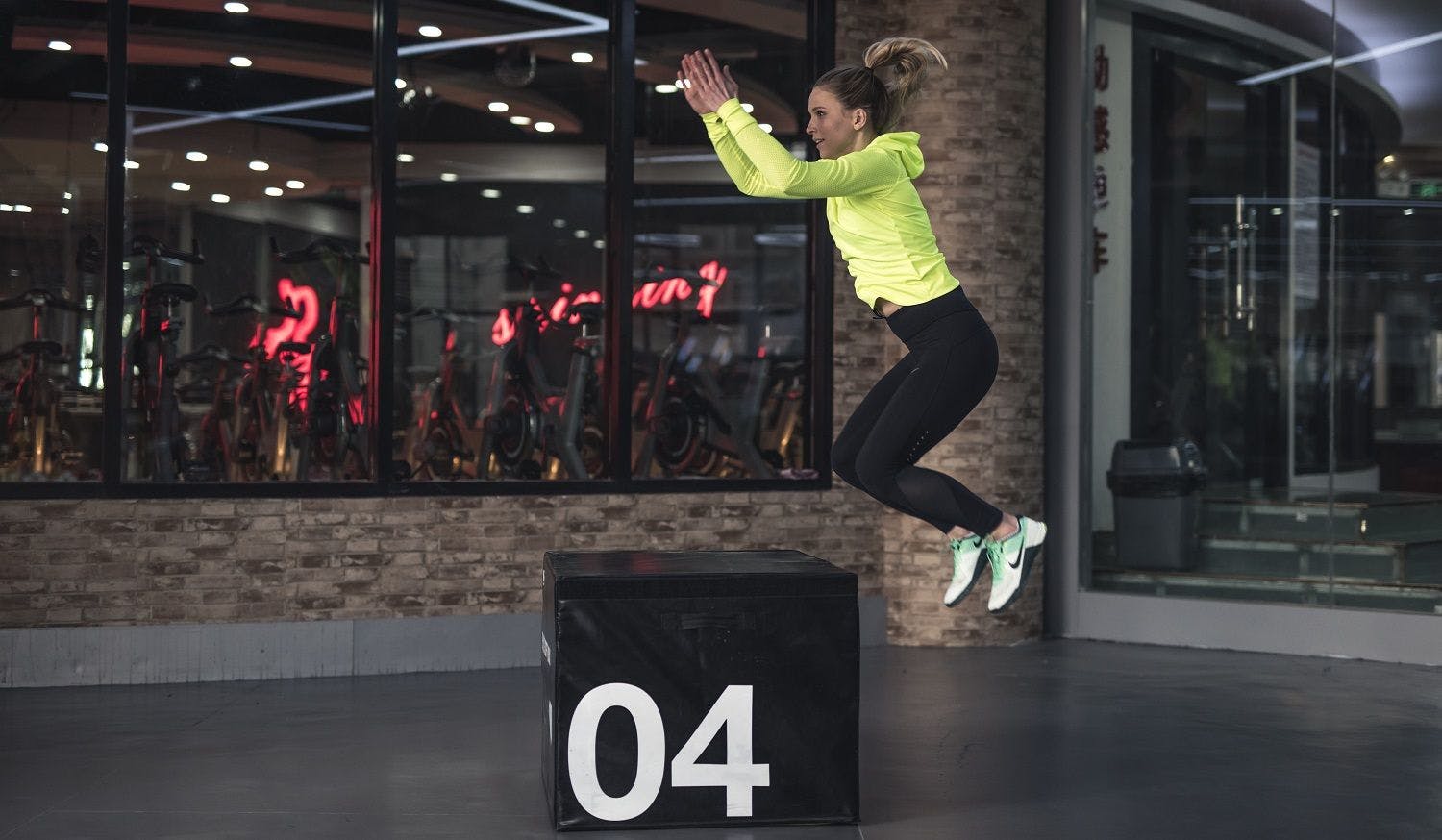The Benefits of Jumping Exercises
In recent years, jumping exercises have become a common addition to athletes' routines. Jumping, a sweet memory of our childhood, has been shown to increase endurance levels and optimize performance. This simple exercise is also effective for losing weight and gaining muscle strength simultaneously.
Jumping can be done by anyone, from beginner to advanced level, and anywhere, as it doesn’t require much space. Even the jumping rope is optional, as there are many exercise variants that don't need it.
Benefits of Jumping Exercises
Including jumping in our workout routines offers several benefits:
- Stimulates your metabolism
- Activates and stimulates the lymphatic system
- Improves your speed: Introducing jump work into your routine will improve your cadence and stride.
- Improves your coordination: Coordinating your limb movements with jumping helps improve limb-brain coordination. You will develop a better sense of time, rhythm, balance, and posture.
- Helps you burn calories: Which aids in weight loss. In a 30-minute session, you can burn up to 300 kcal!
- Helps you tone your body: Jumping is a very effective full-body workout, which is why boxers always include jumping rope in their daily work.
- Improves your muscular endurance: Regular practice considerably improves endurance.
- Improves your flexibility
- Helps prevent cardiovascular diseases: By normalizing blood pressure.
- Improves the absorption of calcium: This translates into greater bone mass or, at least, in the reduction of bone loss in older people.
- Helps you relieve stress: It stabilizes the nervous system and releases serotonin, which helps fight depression and reduce stress.
- Helps you with relaxation, digestion, and sleep quality
- Increases your respiratory capacity and oxygen circulation
Types of Jumping Exercises
If you're thinking of including jumping exercises in your workouts, you can experiment with the following exercises:
- Tuck Jumps: We take the impulse from a semi-squat position and raise both legs at the same time as high as we can. It's crucial to correctly cushion the impact that occurs when falling to the ground by flexing our knees.
- Box Jumps: Widely used in Crossfit, it intensely works the middle area of the body, legs, and buttocks. The movement is the same as the previous one, but with a small shift up and forward. We will finish with both legs at the same time on the box.
- Squat Jumps: Perform a traditional squat and, when you are down, pick up momentum to jump up. Again, it's crucial to cushion the slight fall correctly, always ensuring that the knee does not pass the tip of the foot and that the legs form a 90-degree angle. This exercise primarily trains legs and buttocks.
- Stride Jumps: This exercise is very similar to squat jumps. However, balance comes into play here. To do these lunges, we must take a step forward – with the left leg, for example – and, when the knees form a 90-degree angle, jump to place the right leg in front and the left leg further back.
- Burpees: Ideal for strengthening arms and chest while burning calories, they consist of doing push-ups and moving by jumping in this position. Lift your hands off the ground with a swing and hit both hands before coming back to support on the ground.
- Plank Jumps: Consists of moving in a plank or abdominal bridge position, jumping to one side and the other of our body, always moving it as a whole by means of a small impulse that takes us off the ground for a few seconds. It is ideal for working shoulders, abs, lower back, and legs, while burning calories.
For more information, talk to one of our Fitness Experts and get customized advice by submitting a request in our Mavyn website.
